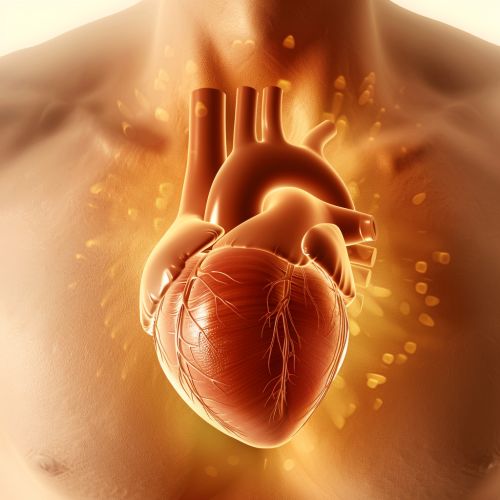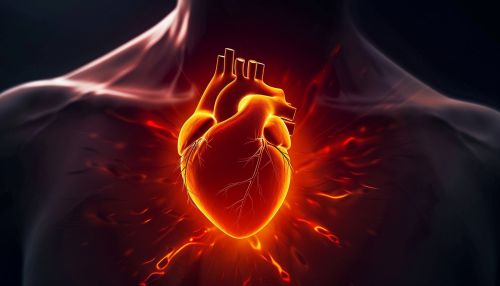Cardiovascular health
Overview
The cardiovascular system, also known as the circulatory system, is a complex network of organs and vessels that facilitate the movement of blood, nutrients, hormones, oxygen and other gases to and from cells within the body. This system is essential for overall health and wellbeing, playing a crucial role in the body's ability to function properly.
Anatomy of the Cardiovascular System
The cardiovascular system consists of the heart, blood vessels, and blood. Each component plays a vital role in maintaining the body's homeostasis and overall health.
Heart
The heart is a muscular organ located in the chest, slightly left of center. It acts as a pump, driving the circulatory system and ensuring the continuous flow of blood throughout the body. The heart is divided into four chambers: the left and right atria and the left and right ventricles.
Blood Vessels
Blood vessels are intricate networks of hollow tubes that transport blood throughout the body. They are divided into three types: arteries, veins, and capillaries. Arteries carry oxygenated blood away from the heart, while veins carry deoxygenated blood back to the heart. Capillaries connect arteries and veins, facilitating the exchange of oxygen, nutrients, and waste materials between blood and tissues.
Blood
Blood is a vital fluid that delivers necessary substances to the body's cells and transports waste products away from those same cells. It is composed of red and white blood cells, platelets, and plasma.
Function of the Cardiovascular System
The primary function of the cardiovascular system is to maintain an adequate supply of oxygen to all parts of the body. It achieves this through a complex process known as the cardiac cycle, which involves the coordinated contraction and relaxation of the heart muscles.
Oxygen and Nutrient Supply
The cardiovascular system transports oxygen from the lungs and nutrients from the digestive system to the cells throughout the body. This is essential for cellular function and survival.
Waste Removal
In addition to supplying oxygen and nutrients, the cardiovascular system also plays a crucial role in waste removal. It transports carbon dioxide, a waste product of cellular respiration, from the cells to the lungs where it is exhaled. It also carries other waste products to the kidneys for excretion.
Hormone Delivery
The cardiovascular system also facilitates the delivery of hormones, which are chemical messengers produced by the endocrine glands. These hormones are transported in the bloodstream to target cells throughout the body, where they trigger specific responses.
Cardiovascular Diseases
Cardiovascular diseases (CVDs) are a class of diseases that involve the heart or blood vessels. They are the leading cause of death globally. The most common types include coronary artery disease, heart failure, and stroke.
Prevention and Management
Prevention and management of cardiovascular diseases involve lifestyle modifications and medical interventions. Regular physical activity, a balanced diet, and avoidance of tobacco use and harmful use of alcohol are recommended. Medical interventions may include medications, surgical procedures, and cardiac rehabilitation.
See Also


